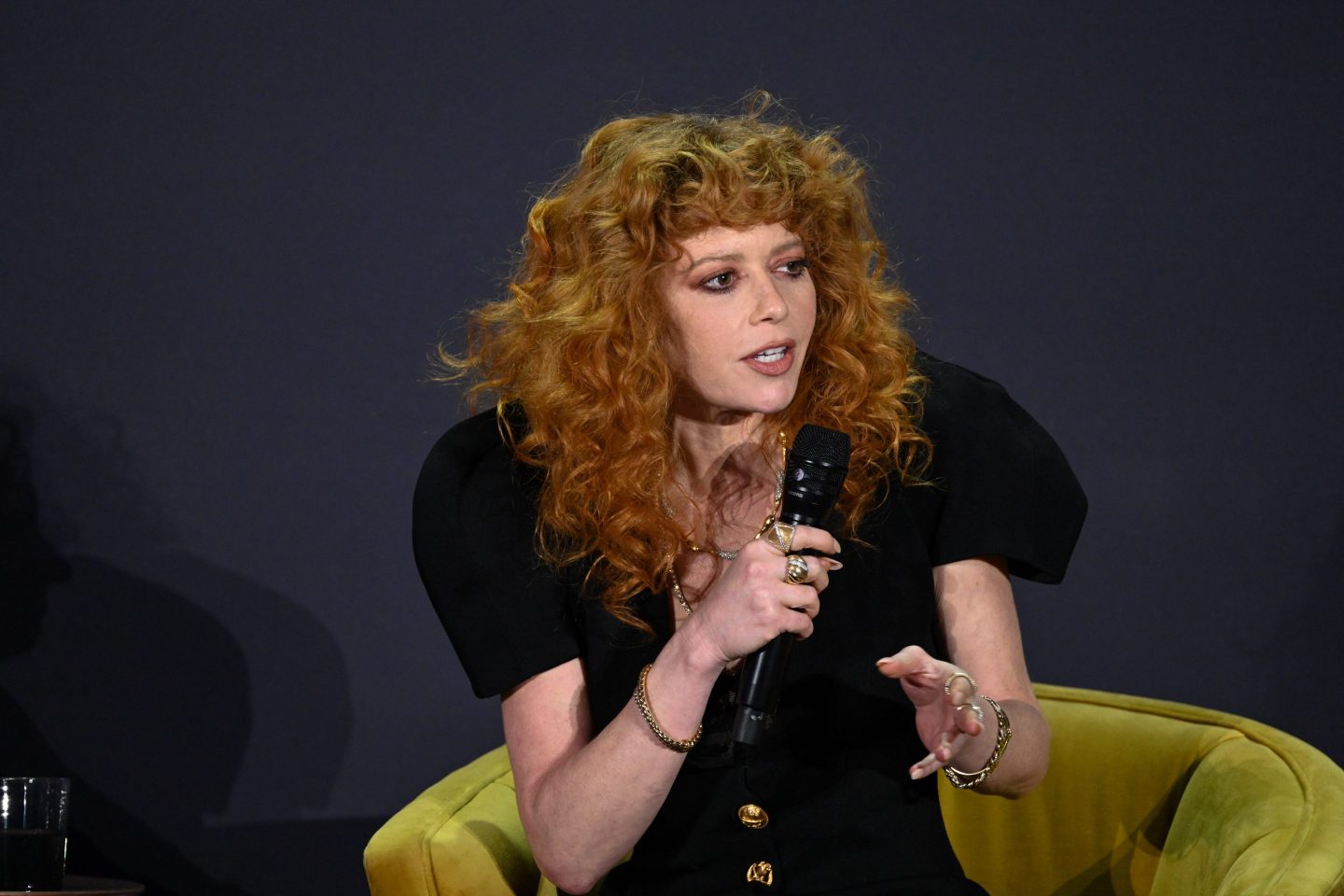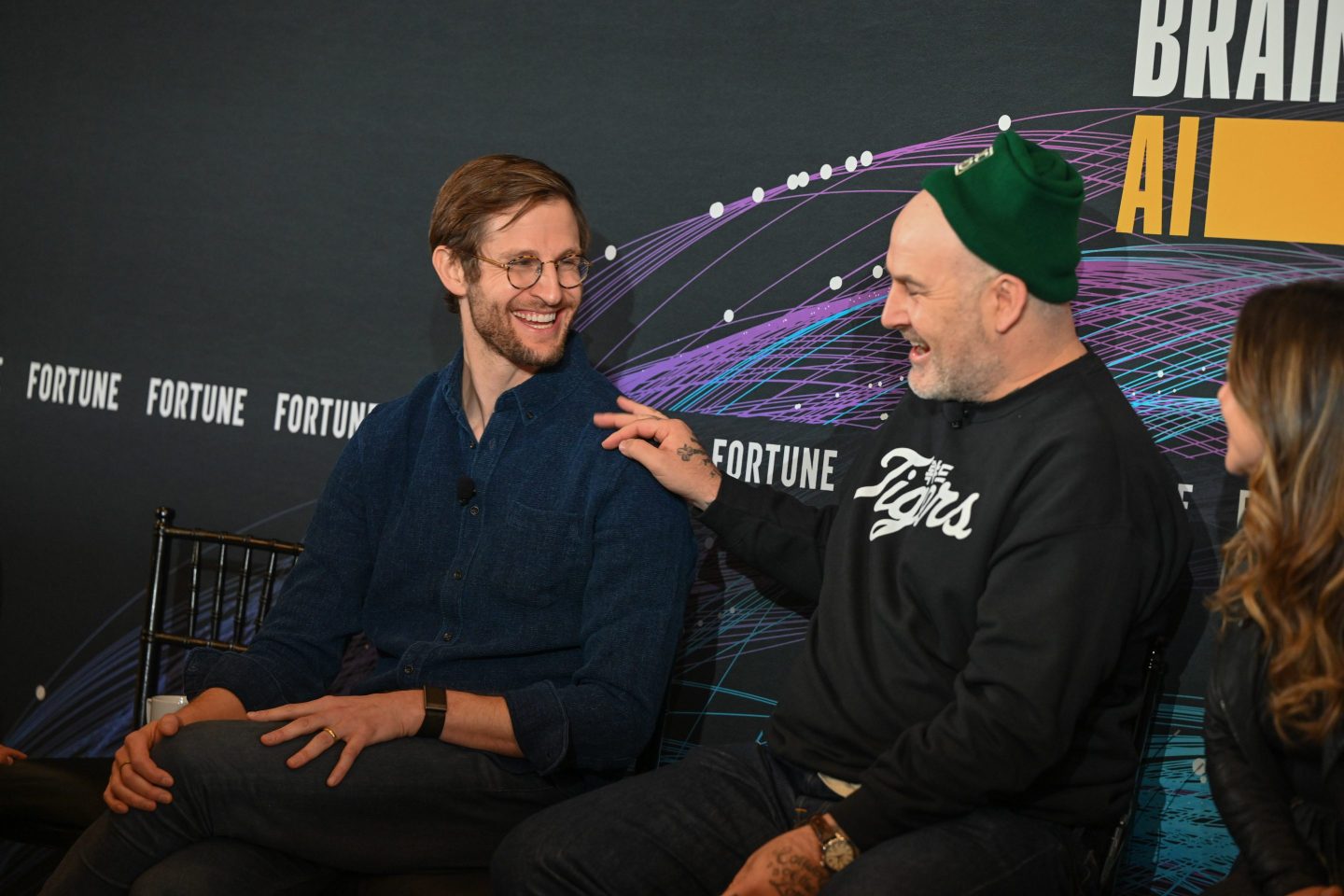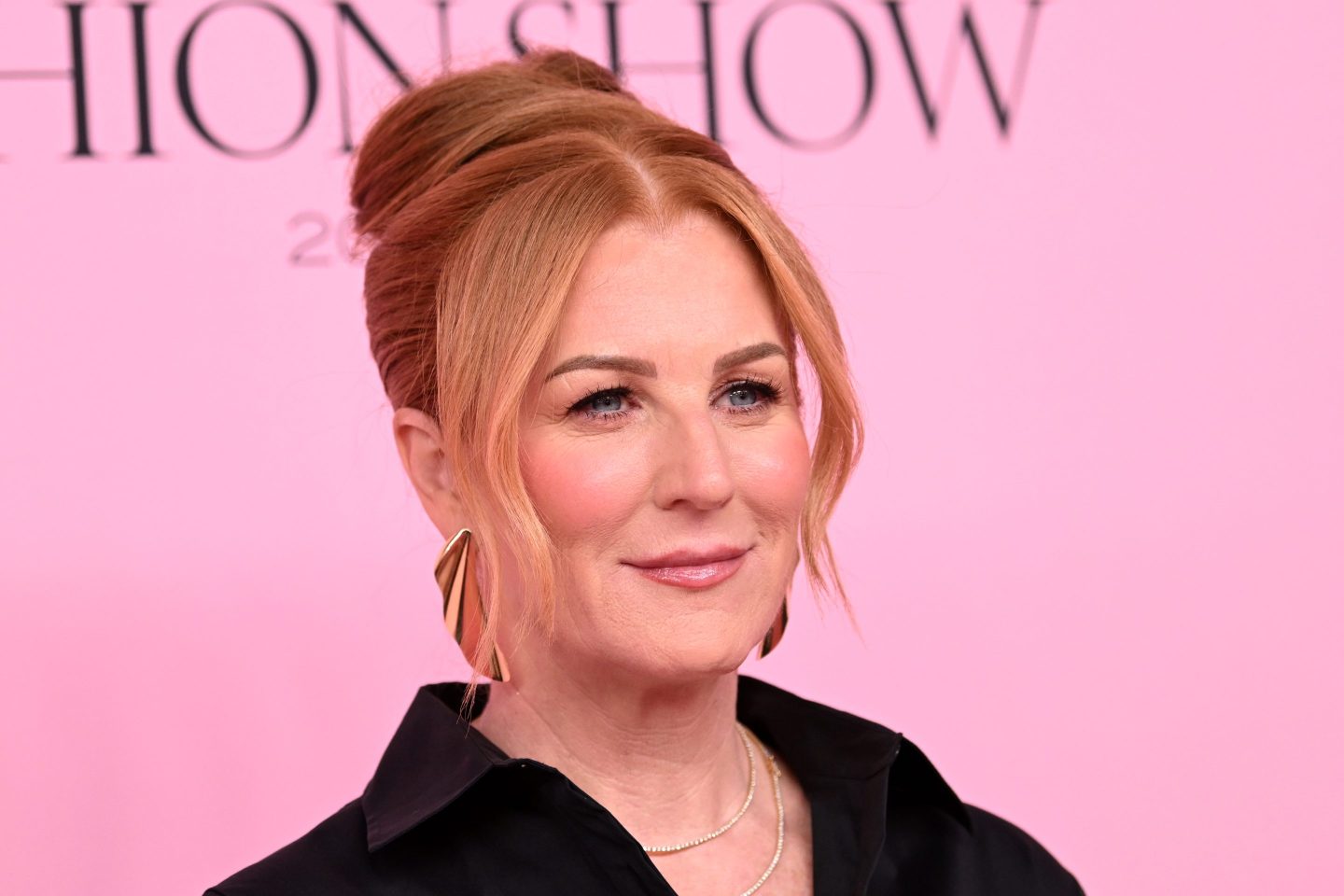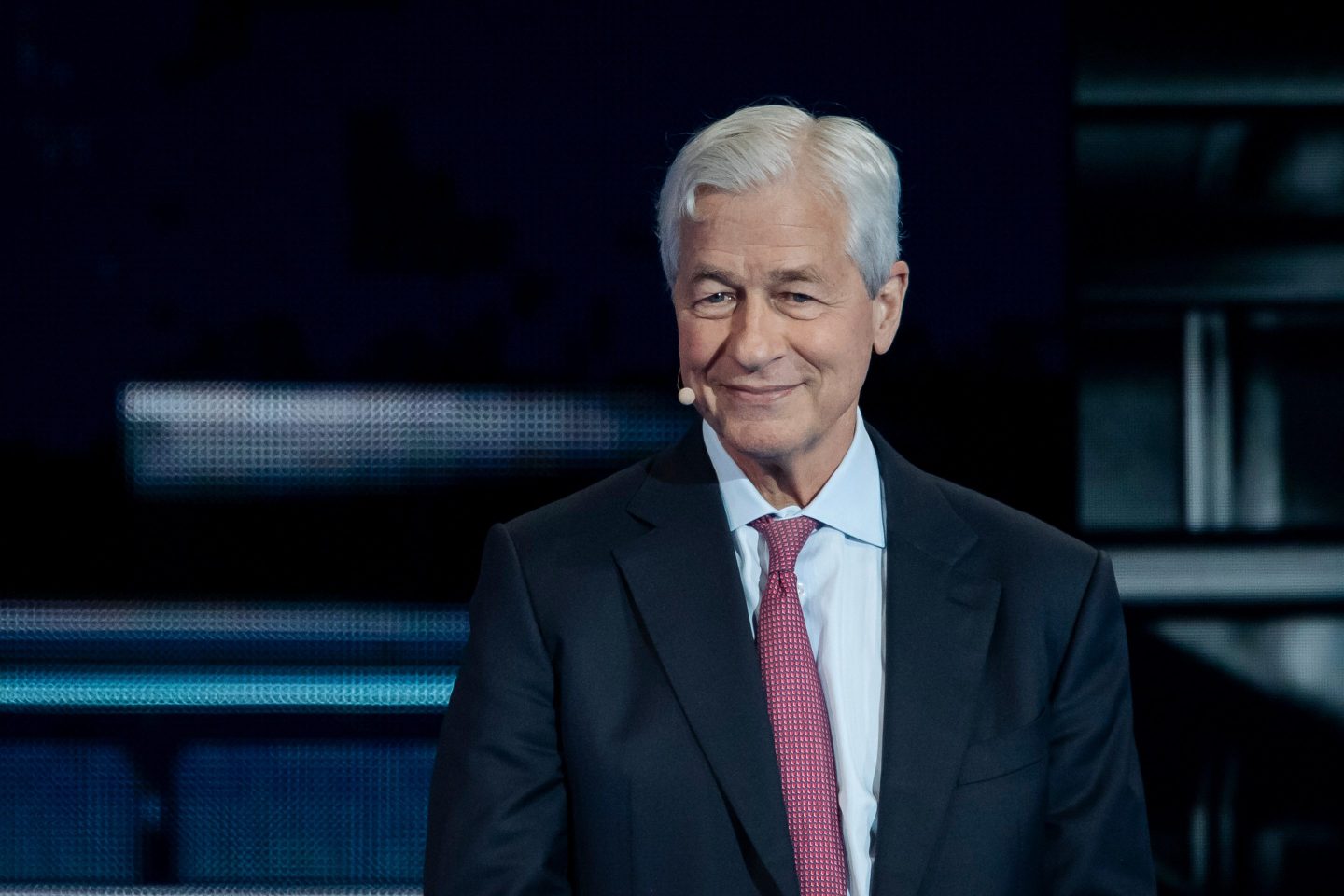Good morning—Paige McGlauflin here!
When two women sued video game producer Riot Games in 2018, alleging sexual harassment, very few of the company’s leaders were women. By some estimates, 21 of the 23 senior executives were men. Five years after a gender-discrimination reckoning that spread to other video game developers and a $100 million class action lawsuit settlement, women make up 25.9% of leadership positions at the League of Legends producer, according to its annual impact report, released on Wednesday.
“A lot has happened in the four and a half years that I’ve been here,” says Emily Winkle, Riot’s chief people officer since December 2018. “I think of us as being at an inflection point at this moment.”
The share of women and employees of color has increased in recent years thanks to beefed-up diverse recruiting and promotion efforts. Women comprised 27.5% of all employees, and 30.9% of new hires, in 2022. Underrepresented minorities in the U.S. comprised 18.4% of all employees, 20% of new hires, and 18.5% of leadership positions in the same year. Citing an ongoing partnership with a third party that performs multiple pay equity reviews each year, Riot states there were “no statistically significant differences” in pay or promotions for women and underrepresented minorities in 2022.
That increase has served as “a great foundation” for Patty Dingle, Riot’s global head of diversity and inclusion, who joined in March 2022. In the last year, Dingle has focused on enhancing Riot’s inclusion offerings, including expanding programs and resource groups for women in APAC and EMEA offices. “When we think about women…we don’t look at [them] as a monolith. There are different needs and different opportunities in different regions,” Dingle says. She’s also expanded how the company defines women. “Twenty years ago, we were talking about gender in a very binary way,” says Dingle, who’s worked in D&I for two decades. “Today, it’s so not that. It’s very broad.”
The video game developer launched Women at Riot in 2021, a leadership development initiative for earlier-career women. And in January, its D&I team partnered with Chief, the networking group for executive women. Eighty-six percent of women in vice president roles or higher participated in the partnership with Chief, according to a company spokesperson. Internship programs have also served as a “good organic source of diverse talent,” Winkle says, noting that 39% of Riot’s 2022 intern class were women, the first year it started tracking those numbers.
Riot also taps its Riot Inclusion Groups (RIGs) to recruit diverse talent. Riot Noir, its Black RIG, often gives succor to the company’s partnership with South Los Angeles’ technology and entrepreneurship center, exposing Black and Brown students to a career in gaming. Riot has also increased its presence at conferences like AfroTech, where it sent 26 Noir members to recruit for open roles.
Riot is in the early stages of rolling out a new talent strategy linked to the company’s goals for the next five years. It includes a sponsorship program connecting high-potential employees of color to senior leadership—a strategy already in use at most tech companies. Riot is also pushing hiring managers to place at least one diverse employee on interview panels with underrepresented talent, another strategy long employed in corporate America.
Winkle says the video gamer is not shying away from its past either. Employees at the company alleged a frat-like culture at Riot, where women were groomed for promotions only to be passed over for male candidates and were harassed by male colleagues, as first reported in a 2018 exposé by Kotaku, a gaming news site. Winkle says interviewers are encouraged to be open about Riot’s past and recent turnaround strategy. “That past is part of our history,” Dingle says. “We know that and are not afraid to talk about it.”
Paige McGlauflin
paige.mcglauflin@fortune.com
@paidion
Reporter's Notebook
The most compelling data, quotes, and insights from the field.
A recent survey conducted by Adobe found that a significant percentage of young employees are most productive after traditional work hours.
“While just 6% of boomers claimed to be most productive from 6 p.m. to 3 a.m., this percentage jumped to 26% for Gen Z,” writes Fortune’s Orianna Rosa Royle. “In comparison, 18% of millennials and 13% of Gen Xers are reportedly more productive after hours.”
Around the Table
A round-up of the most important HR headlines, studies, podcasts, and long-reads.
- Mass layoffs in tech haven’t affected internship salaries. Fast Company
- Engineers from Mexico filed a lawsuit alleging they were victims of a bait-and-switch scheme that promised office jobs but instead placed them on assembly lines. Bloomberg
- Amazon employees expressed concern about possible retaliation over their pushback to the company’s return-to-office plans. Insider
- Gap plans to lay off hundreds of corporate employees in its second round of job cuts since September. Wall Street Journal
Watercooler
Everything you need to know from Fortune.
A.I. ethics. Federal Trade Commission chair Lina Khan says the government won’t “hesitate to crackdown” on companies that use A.I. unlawfully. —Matt O'Brien
Tech talent. Startups and small businesses are scooping up droves of laid-off tech talent. —Augusta Saravia
More of the same. 3M announced it would lay off 6,000 employees, bringing the company's total number of job cuts this year to 8,500. —Ryan Beene
Corporate escapism. For Gen Z, the new smoke break is a “Diet Coke break.” —Chloe Berger
This is the web version of CHRO Daily, a newsletter focusing on helping HR executives navigate the needs of the workplace. Today’s edition was curated by Paolo Confino. Sign up to get it delivered free to your inbox.












